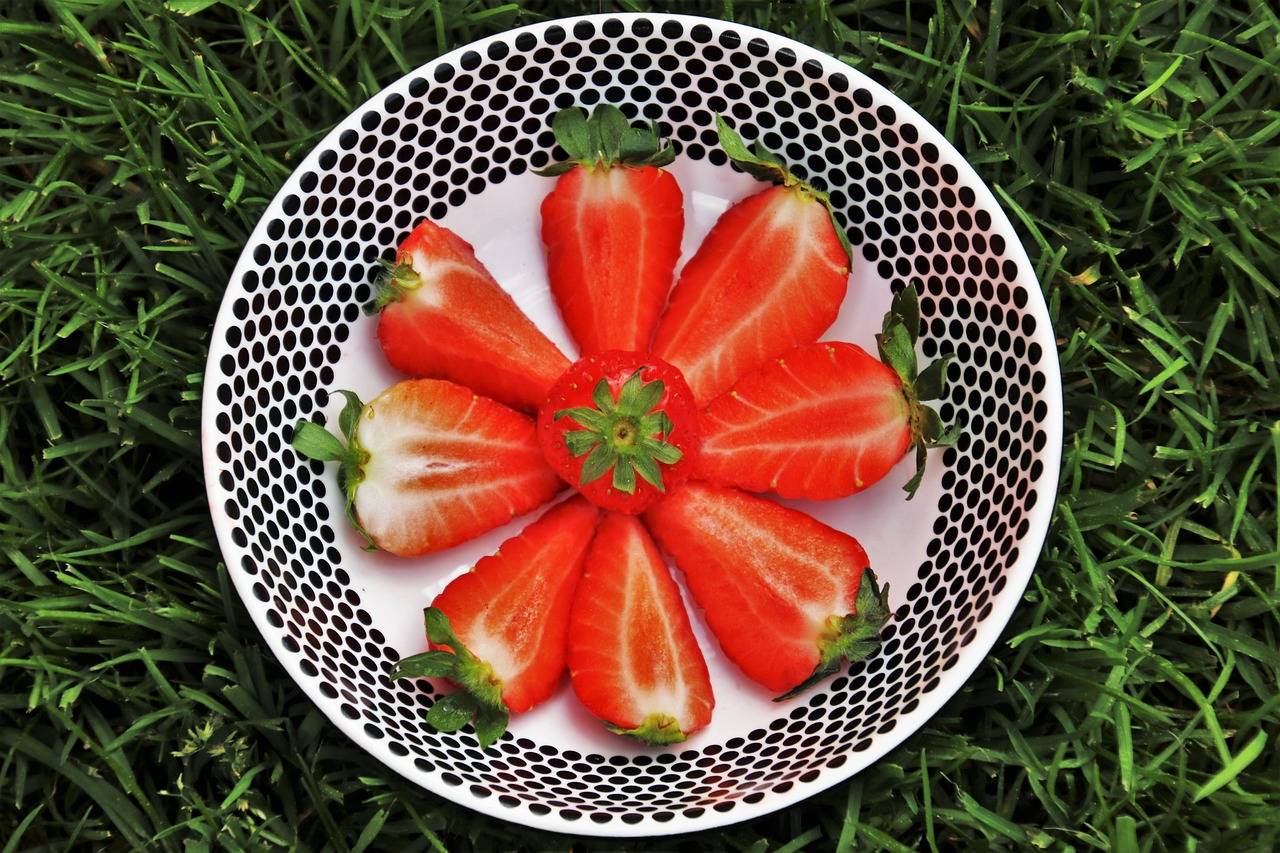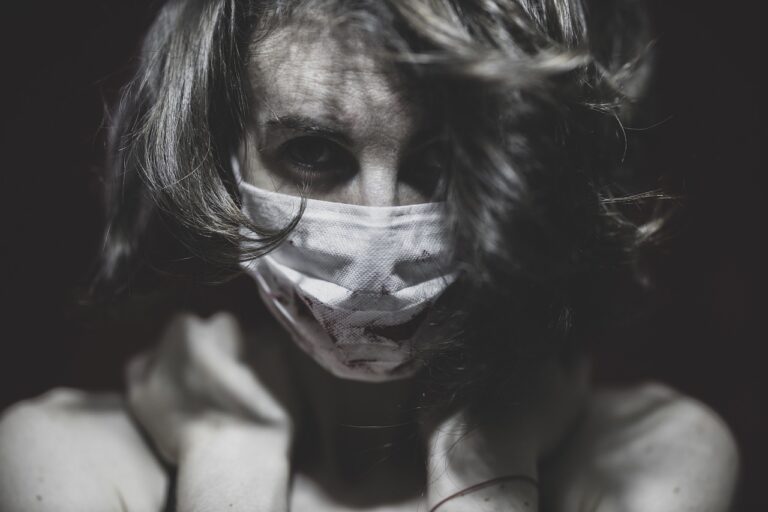The Intersection of Art and Mental Health: Therapeutic Expression
Art has long been recognized as a powerful tool for individuals to express their emotions and experiences, especially when words fall short. In the realm of mental health, the act of creating art provides a unique outlet for individuals to externalize their internal struggles and complexities. Through the strokes of a brush, the shaping of clay, or the dance of colors on a canvas, individuals can convey their thoughts and feelings in a way that transcends traditional forms of communication.
The process of creating art can serve as a form of catharsis, allowing individuals to release pent-up emotions and find a sense of release and relief. By externalizing their inner world through art, individuals can gain a deeper understanding of themselves and their experiences, paving the way for healing and personal growth. Art enables individuals to connect with their subconscious thoughts and emotions, revealing insights that may have been hidden or suppressed. This self-exploration through art can be a transformative journey towards greater self-awareness and emotional well-being.
The Healing Power of Creative Outlets for Mental Well-Being
Engaging in creative outlets can serve as a therapeutic tool for individuals experiencing mental health challenges. Through artistic expression, individuals are able to communicate their thoughts and emotions in a nonverbal manner, facilitating a deeper understanding of their inner world. By channeling their feelings into creative endeavors such as painting, writing, or music, individuals can explore their emotions in a safe and constructive way.
Participating in creative activities also offers a sense of control and empowerment over one’s mental well-being. When individuals create art, they are able to shape their experiences and narratives, allowing them to reclaim agency over their thoughts and feelings. This process of creation can foster a sense of accomplishment and self-worth, boosting self-esteem and overall mental resilience. Ultimately, the healing power of creative outlets lies in their ability to provide a transformative space for self-expression and personal growth.
How can art be used as a form of self-expression in mental health?
Art allows individuals to express their thoughts, emotions, and experiences in a non-verbal way, providing a creative outlet for processing and coping with mental health challenges.
What are some examples of creative outlets that can benefit mental well-being?
Some examples of creative outlets include painting, drawing, writing, music, dance, photography, and crafting. These activities can help reduce stress, improve mood, and enhance overall mental well-being.
How does engaging in creative outlets promote healing for mental health?
Engaging in creative outlets can help individuals release pent-up emotions, gain a sense of control, increase self-awareness, and boost self-esteem. These activities can also promote relaxation and mindfulness, which are beneficial for mental health.
Can creative outlets be used as a form of therapy for mental health conditions?
Yes, creative arts therapy is a recognized form of therapy that utilizes creative outlets to improve mental well-being. Professional therapists use art, music, dance, and other creative activities to help individuals express themselves and work through emotional challenges.
How can someone incorporate creative outlets into their daily routine for mental well-being?
One can schedule time for creative activities, join a class or group for support and inspiration, set up a designated space for creating, and experiment with different forms of creativity to find what works best for them. Prioritizing self-care through creative outlets can greatly benefit mental well-being.





